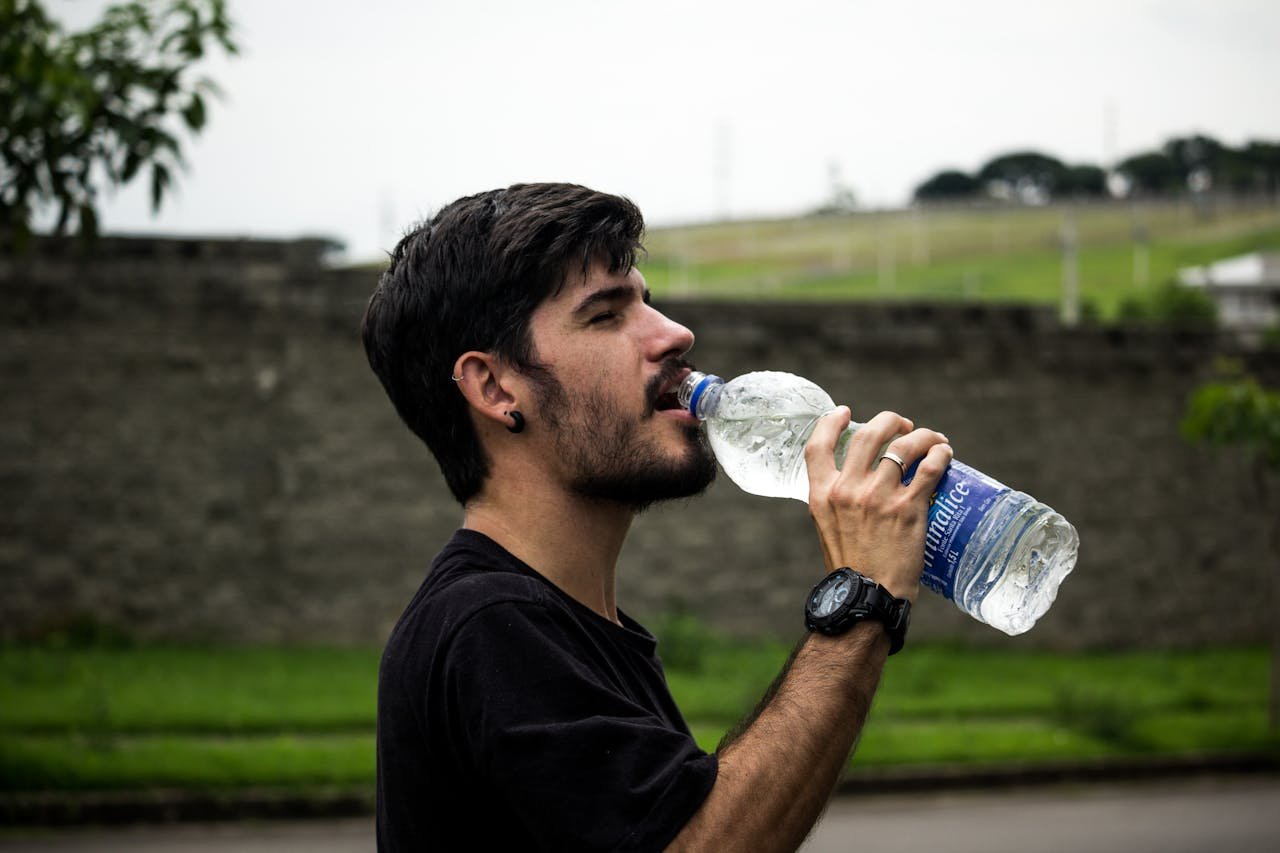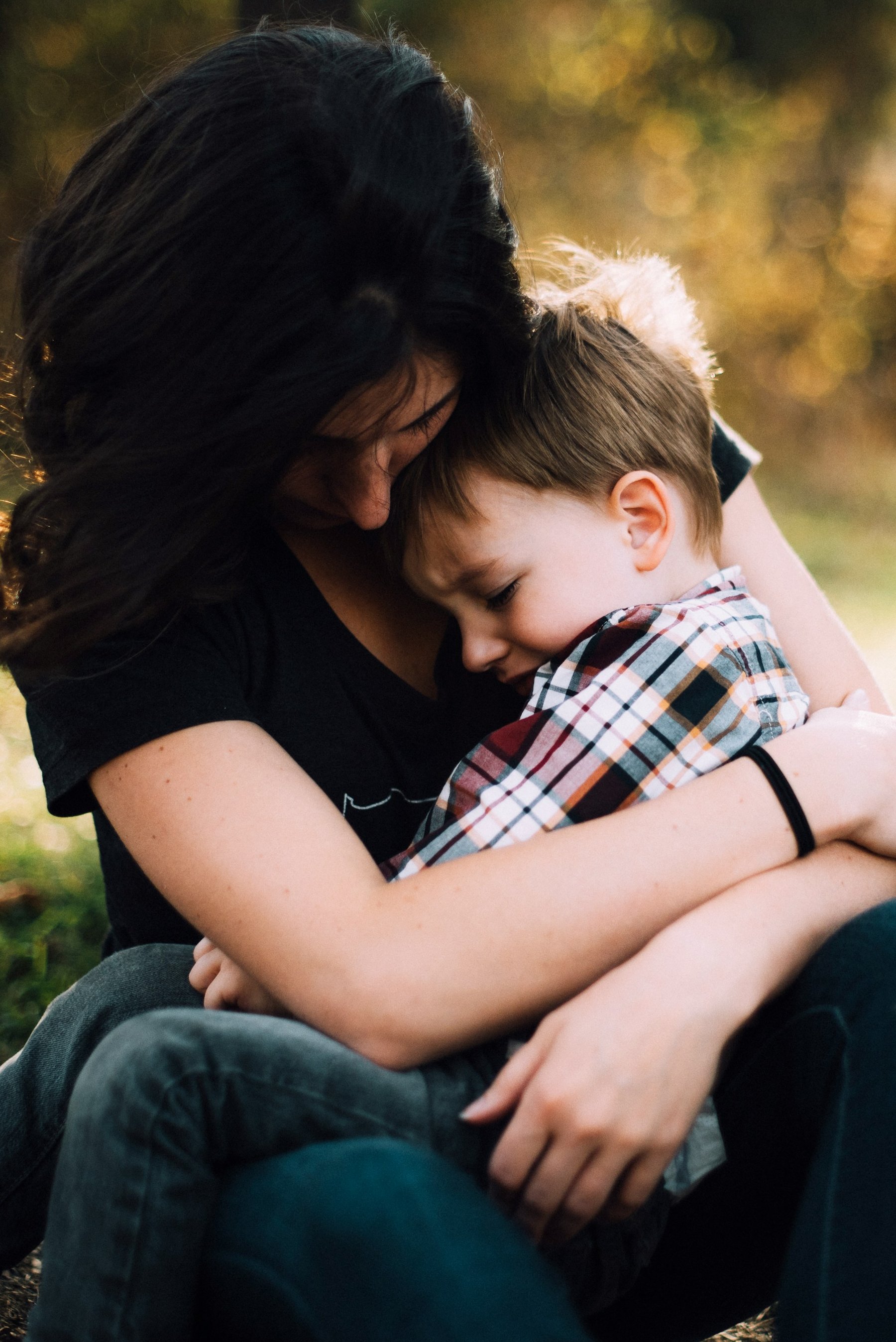Childhood anxiety is increasingly prevalent, with an estimated 31.9% of children experiencing an anxiety disorder at some point. If left unaddressed, anxiety can significantly impact a child’s emotional wellbeing, relationships, and academic performance.
The earlier childhood anxiety is identified and treated, the better the prognosis.
That’s why it’s so important for parents and caregivers to educate themselves on detecting the subtle signs of anxiety in kids. Being aware of potential red flags allows you to get your child professional help promptly, as well as provide them with emotional support at home. With the right assistance, children have excellent chances of overcoming anxiety and thriving socially and academically.
This article offers guidance on recognizing the early symptoms of anxiety and taking the best steps to support your child’s mental health.
What is Childhood Anxiety?
Anxiety is defined as excessive fear or worry that interferes with daily activities. In children, anxiety manifests differently than adults. It can be challenging for kids to identify and articulate their anxious feelings.
Recognizing the early signs and symptoms of anxiety is crucial for getting children the support they need before these issues escalate or become more entrenched.
Anxiety in children has multiple potential causes:
-
Genetics - Anxiety disorders can run in families. Children with a parent or close relative with anxiety have a higher likelihood of experiencing it.
-
Environment - Stressful life events like divorce, moves, deaths, trauma, or abuse can trigger the onset of anxiety. High-pressure home or school environments can also contribute.
-
Brain chemistry - Some children's brains produce higher levels of cortisol, adrenaline, and norepinephrine in response to stress. This can lead to a hyperactive fight-or-flight response.
-
Personality - Shy, cautious, sensitive, perfectionist, or overly self-critical temperaments may be prone to anxiety.
In most cases, anxiety arises from a combination of biological vulnerability and environmental factors. The most common anxiety triggers for kids are school pressures, social difficulties, family disruption, and traumatic events.
Early intervention prevents anxiety from causing long-term harm and can help children develop healthy coping strategies from a young age. It also allows for age-appropriate therapies that are tailored to the child’s developmental stage.
Additionally, untreated anxiety in childhood puts children at higher risk for issues like depression and substance abuse down the road.
Early Physical Signs
Physical symptoms are some of the earliest indicators of anxiety in children. Being attentive to changes in your child's body and energy levels can help detect anxiety before it escalates.
Here are some common physical signs:
Headaches and Stomachaches
Persistent or recurring headaches and stomachaches with no clear medical cause could signify anxiety. These pains may increase in frequency or intensity when a child faces a stressful situation like school or social events.
Pay attention if your child constantly complains of headaches and stomachaches to avoid activities.
Fatigue
Excessive tiredness, low energy levels, and sleep disturbances like insomnia or restless sleep can all stem from anxiety. Anxious children may have trouble falling asleep, wake up frequently, or experience nightmares. Lack of quality sleep can then lead to daytime fatigue and irritability.
Other Physical Symptoms
Additional physical signals of anxiety include rapid heartbeat, shortness of breath, dizziness, sweating, trembling, and nausea. These manifestations may come and go depending on the child's stress levels.
Be attentive if your child displays any unexplained bodily symptoms regularly.
Early Emotional Signs
Emotional signs of anxiety in children may include excessive worry, irritability, or frequent mood swings. Children who experience anxiety often have persistent and extreme worries about everyday situations like school performance, friendships, or family issues. They may frequently seek reassurance about these worries from parents and caregivers.
Irritability is another key emotional indicator of anxiety. Anxious children tend to be more volatile in their emotional reactions and prone to frustrated outbursts over minor problems. Their heightened sensitivity leads to frequent mood swings in response to stressors. A child's mood may shift from cheerful to tearful several times a day for no apparent reason as they struggle to regulate their emotions.
Caregivers should take notice if a child seems constantly troubled by worries, gets upset easily over small matters, or has dramatic shifts in mood. These emotional signs can diminish a child's ability to function at home and school.
With supportive intervention, the negative impact of anxiety on a child's emotions can be alleviated.
Early Behavioral Signs
Some of the most noticeable early signs of anxiety in children involve changes in behavior. Anxious children may start to avoid certain activities, become more clingy, or have emotional outbursts.
Avoidance
One of the most common behavioral signs of anxiety is avoidance. Children may try to avoid situations that trigger their anxiety, such as:
- Not wanting to go to school or social events
- Refusing to sleep alone or in their own room
- Avoiding talking in front of others
- Shying away from group activities or new experiences
If your child starts trying to avoid things they would normally enjoy, it could signify an underlying problem.
Clinginess
Increased clinginess to parents or caregivers is another potential symptom of anxiety. Children may become more dependent on your presence to feel secure. You may notice them:
- Not wanting to separate from you
- Needing more reassurance and comfort
- Having separation anxiety when you leave them alone
While some clinginess is normal at certain ages, excessive clinginess that appears suddenly could suggest anxiety.
Outbursts
Emotional outbursts like crying, yelling, or tantrums can also indicate anxiety in children. They may occur for no apparent reason and be disproportionate to the situation.
Anxious kids tend to have less control over their emotions. Outbursts are often a release of built-up nervousness and stress.
Pay attention to any uncharacteristic emotional reactivity in your child as it could be an early red flag. Track when the outbursts happen to identify possible triggers.
Age-Specific Symptoms
Anxiety can manifest differently in children depending on their age and developmental stage. Being aware of age-specific symptoms can help parents identify anxiety appropriately.
Preschoolers
- Separation anxiety and clinging to parents/caregivers
- Intense fear of the dark, monsters, animals, etc.
- Frequent tantrums, crying, and meltdowns
- Difficulty sleeping alone at night
- Avoidance of new activities and social situations
Elementary School Children
- Perfectionist tendencies and fear of failure
- Seeking constant approval and reassurance
- Somatic complaints like stomachaches and headaches
- Difficulty concentrating due to worries
- School refusal and avoidance of evaluations
Preteens
- Increased self-consciousness and sensitivity to judgment
- Withdrawal from peers and social situations
- Irritability, anger outbursts, defiance
- Refusal to go to school due to social anxiety
- Panic attacks, hyperventilating, racing thoughts
Paying attention to how anxiety manifests at different ages allows for earlier recognition. While the signs may differ, anxiety at any age can be supported through compassionate understanding and access to appropriate help.
Importance of Early Detection
Detecting anxiety early in childhood is crucial for several reasons. The earlier anxiety is identified and addressed, the less likely it is to escalate into a more severe issue over time. Anxiety tends to intensify when left untreated. Early intervention prevents symptoms from snowballing and leads to better outcomes.
Additionally, the sooner anxiety treatment begins, the more responsive children tend to be. Their symptoms are less ingrained and they have an easier time adopting coping strategies and making positive changes. Beginning therapy or other interventions at a young age equips children with healthy ways of processing emotions and dealing with anxiety. This can benefit their mental health and development immensely.
Finally, untreated childhood anxiety has potentially far-reaching consequences. It can negatively impact social skills, academic performance, and self-esteem. Anxiety disorders may persist and require intervention later in life if not properly addressed early on. Prioritizing early detection and support provides children with the best chance at developing normally and overcoming anxiety before it causes significant disruption.
Strategies for Parents
Parents and caregivers play a pivotal role in helping children manage anxiety. There are various practical strategies that can aid in creating a nurturing environment and promoting coping skills.
Open Communication
Talking openly with your child encourages them to express their feelings and eases anxieties. Have frequent conversations to understand their emotional state.
Ask questions without judgement and validate their feelings. Discuss positive ways to articulate worries and reinforce that it's normal to feel anxious sometimes.
Supportive Home Environment
Establish daily routines and structure which can provide comfort. Help your child anticipate transitions and changes. Offer consistent reassurance when anxieties arise. Teach them breathing exercises, visualization, and other relaxation techniques. Limit stimulating influences like loud noises and over-scheduling activities.
Encourage Healthy Habits
Lifestyle habits significantly impact mental health. Ensure your child exercises regularly as physical activity relieves stress. Facilitate healthy social connections with family and friends. Prioritize proper nutrition and sleep hygiene.
Help them adopt self-care practices like journaling, listening to music, spending time outdoors. Building these habits equips children with lifelong coping skills.
Seeking Professional Help
If a child's anxiety symptoms persist, worsen, or begin to interfere with their ability to function at home, school, or with friends, it is advisable to seek professional support. Though well-meaning, parents may not have the skills or training to adequately address moderate to severe anxiety on their own.
Seeking help from a mental health professional like a psychologist, therapist, or counselor can be incredibly beneficial for anxious children. These experts are equipped to get to the root of a child's anxiety triggers, teach coping strategies, and develop an appropriate treatment plan which may include:
-
Cognitive behavioral therapy (CBT) - This type of talk therapy focuses on identifying unhelpful thought patterns that fuel anxiety and learning new skills to challenge negative thoughts and manage symptoms. CBT can help kids change their thought processes and behaviors.
-
Exposure therapy - Gradually and safely exposing the child to their fears in a controlled setting can teach them that feared situations may not be as catastrophic as anticipated. This can reduce avoidance behaviors.
-
Medication - In some cases, anti-anxiety or antidepressant medications may be prescribed to help relieve symptoms. This should be discussed thoroughly with a doctor or psychiatrist.
-
Alternative therapies - Options like art, music or play therapy can also encourage children to express themselves in a comfortable environment.
Seeking professional help earlier allows for more effective management of childhood anxiety. The right treatment plan can equip children with lifelong tools to cope with anxiety and live happier, freer lives.
Resources for Parents
There are many helpful resources available for parents seeking guidance and support for children with anxiety.
Books
-
Freeing Your Child from Anxiety by Tamar Chansky - Provides tools to help understand and alleviate anxiety in children.
-
The Opposite of Worry by Lawrence Cohen - Offers advice and activities for overcoming childhood anxiety.
-
What to Do When You Worry Too Much by Dawn Huebner - A guide to managing anxiety geared towards school-age children.
Websites
-
Child Mind Institute - Features articles, symptom checklists, and advice on childhood anxiety.
-
HealthyChildren.org - Anxiety information from the American Academy of Pediatrics.
Support Groups
-
Anxiety and Depression Association of America - Connect with other parents in online and in-person support groups.
-
Children and Adults with Attention-Deficit/Hyperactivity Disorder - CHADD provides resources and support groups for parents.
-
National Alliance on Mental Illness - NAMI Basics offers free classes for parents and family caregivers.





